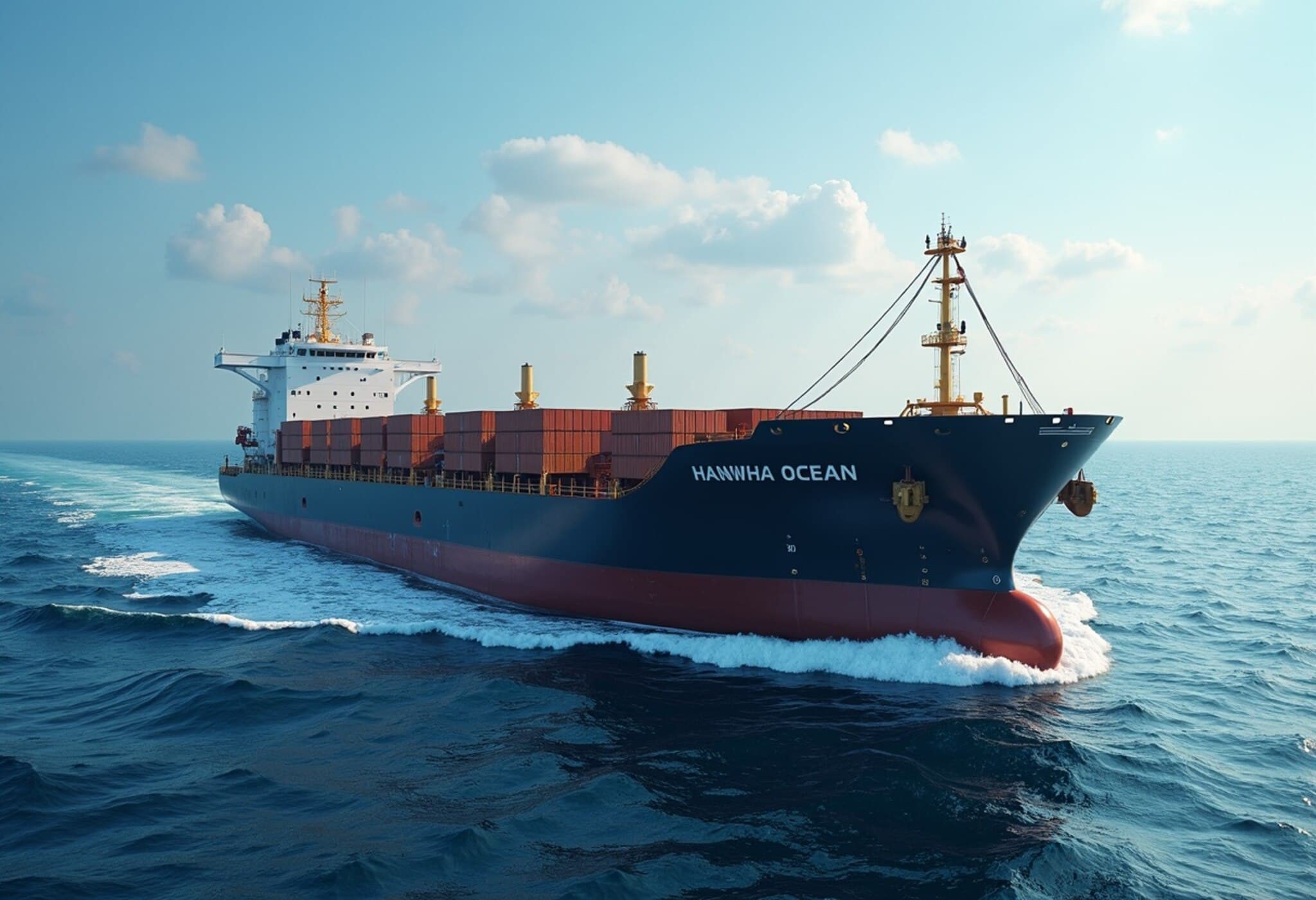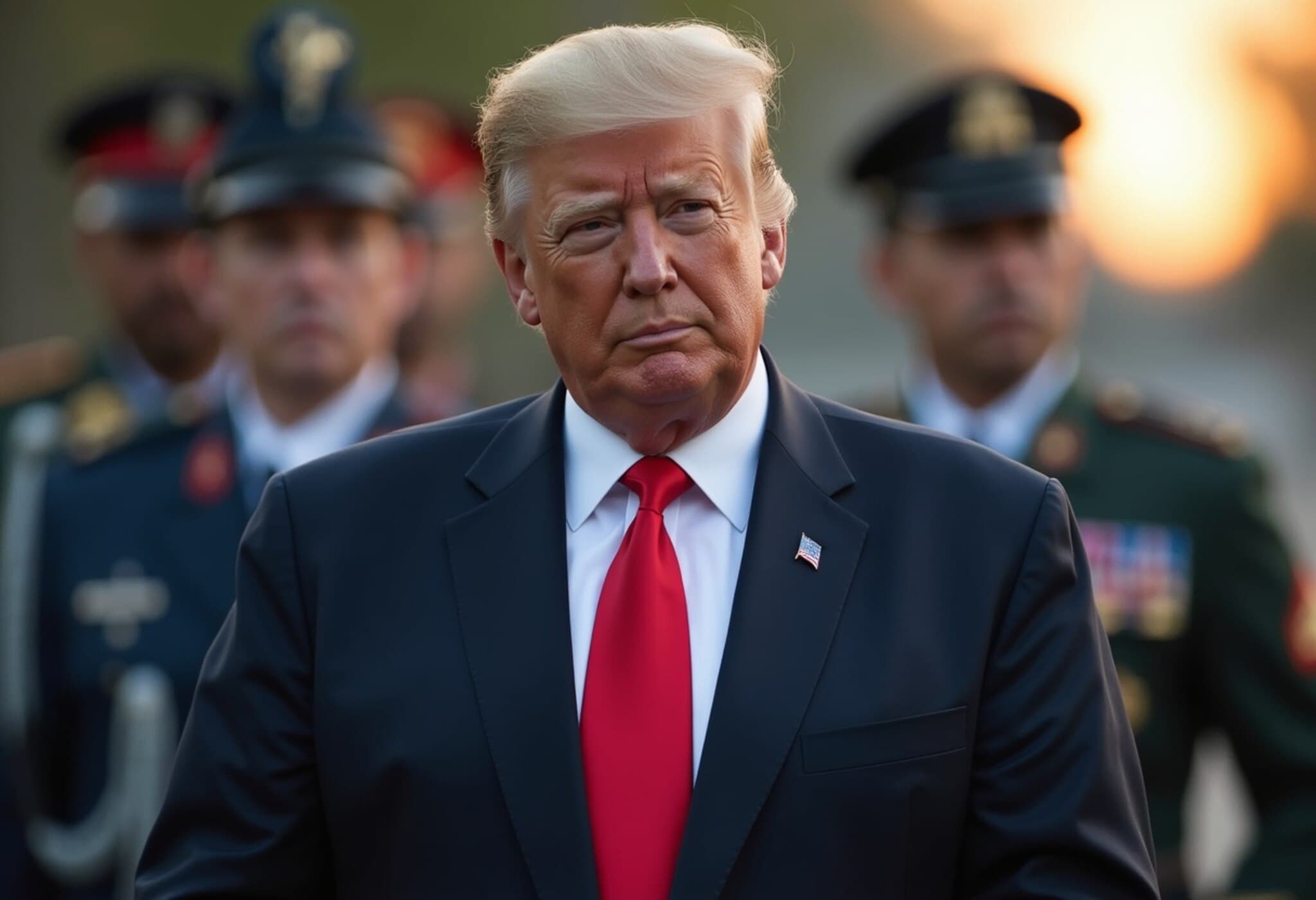Canada Takes Firm Stance on Steel Imports to Shield Domestic Industry
In a strategic move to protect its struggling steel industry from the ripple effects of U.S. tariffs, Canadian Prime Minister Mark Carney announced on July 17, 2025, that his government will enforce stricter import quotas and levy significant tariffs on foreign steel.
Context: The Fallout from U.S. Steel Tariffs
The steel sector across North America has been unsettled since the U.S. administration under former President Donald Trump implemented heavy tariffs on imported steel, aiming to boost domestic production but inadvertently straining trade partners. Canada's steel producers have witnessed layoffs and production cuts amid what industry leaders call unfairly priced steel imports.
New Measures Unveiled by PM Carney
Addressing stakeholders in Hamilton, Ontario, PM Carney outlined the government’s plan to reduce the influx of cheap steel, especially from countries without free trade agreements (FTAs) with Canada. Key steps include:
- Reducing the tariff rate quota (TRQ) for steel imports from non-FTA partners—including China and Turkey—to 50% of their 2024 volumes.
- Imposing a 50% tariff on any steel imports exceeding these established quotas.
- Extending similar tariffs to imports from FTA partners beyond Canada’s agreements with the U.S. and Mexico.
- Introducing a 25% tariff on steel products from any non-U.S. country if the steel is "melted and poured" in China.
These measures are designed to give Canadian steelmakers a larger share of the roughly two-thirds of steel currently supplied by imports—significantly higher than the U.S. or European Union’s reliance on foreign steel.
Industry Response and Economic Implications
Catherine Cobden, President and CEO of the Canadian Steel Producers Association, expressed cautious optimism: "The announcement marks a positive step toward leveling the playing field. Our industry needed decisive action, and this is an improvement over prior policies." Nevertheless, challenges persist as the U.S.-Canada trade dynamics continue to evolve.
Importantly, Canada’s enforcement respects the established Canada-U.S.-Mexico Agreement (CUSMA), maintaining existing tariff and trade protocols in that trilateral relationship while focusing protections on other foreign sources.
Broader Trade and Policy Considerations
This development raises critical questions about the future of North American trade and the balance between protectionism and open markets. With the global steel industry heavily interconnected, Canadian measures reflect a broader trend of countries responding to international economic pressures without escalating full-scale trade conflicts.
Experts suggest monitoring how these tariffs might affect prices for Canadian manufacturers reliant on steel, potentially leading to cost increases passed on to consumers.
Looking Ahead
Canada’s government has set an implementation target by the end of July 2025, aiming to stabilize the domestic steel sector swiftly. Meanwhile, discussions with the U.S. continue ahead of an August 1 deadline to resolve ongoing tariff disputes, underscoring the delicate balancing act Canadian leadership faces.
Editor’s Note
Canada’s bold move to tighten steel import quotas amid U.S. tariffs' fallout shines a light on the complexities of modern trade policy—especially when one nation’s protective measures reverberate across borders. Readers should consider how such protective tariffs might impact not only domestic industries but also international relationships and consumer prices. The evolving dialogue between Ottawa and Washington will be pivotal in determining North America's industrial and economic landscape in the months ahead.



















